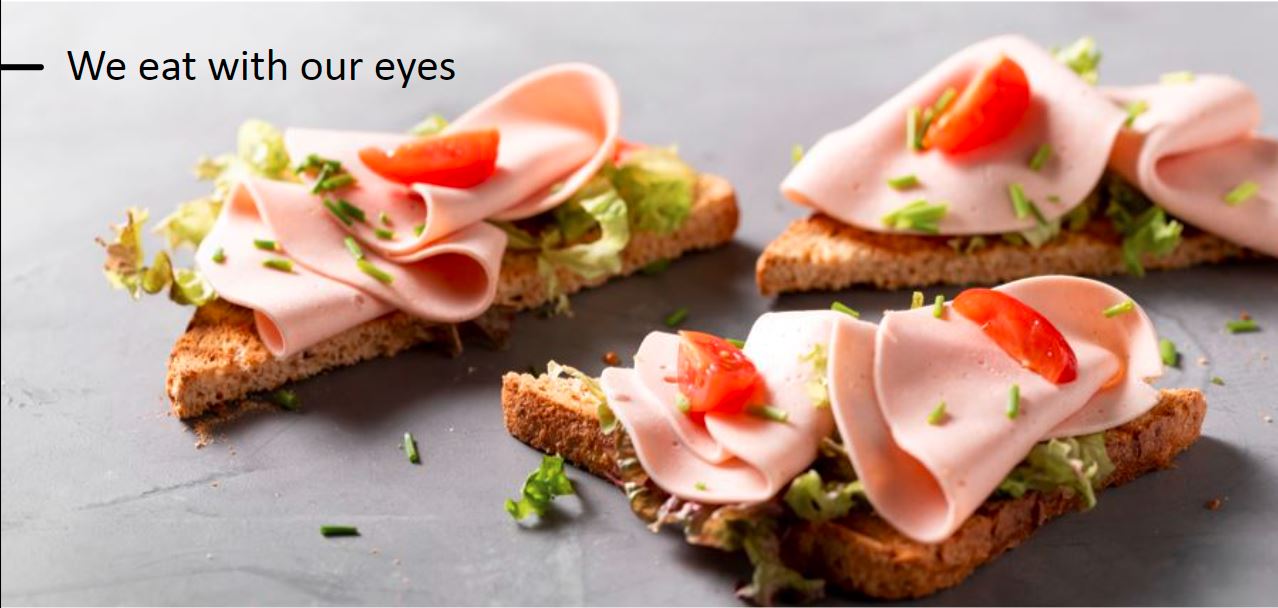Algavista Greentech Ltd- a joint venture between Parry and Synthite Industries Ltd are pioneers in microalgae cultivation for the past two decades. Parry cultivates authentic, organic spirulina in a remote location, away from the throes of industrialization and civilization. The Spirulina produced is known for its purity and its organic content all over the world. Synthite group has 30% market share when it comes to natural extracts and they are applied for various uses such as food coloring, nutraceuticals, fragrances and flavouring.
Algavista cultivates five different types of Microalgae based on their pigments. Spirulina gives us the blue-green colour which is the flagship product VISTABLUE. Green colour is derived from the pigment chlorophyll and orange is derived from carotenoids.
VISTABLUE FEATURES:
- Organically certified blue.
- Less presence of heavy metals.
- Free from pesticides and toxic chemicals.
- Free from artificial ingredients.
- Unique stability to PH and heat.
What are Natural Colours?
Natural colors are often considered as additives by most regulators rather than composite ingredients obtained from any vegetables, minerals or animals. The international body representing natural colours, NATCOL, distinguishes colors based on their occurrence in nature, the source material and the level of processing before production. Based on the analysis, NATCOL then offers advice on appropriate product labels for marketing.
Let us consider a few examples:
In the EU, natural colors are preparations obtained from food and other natural source materials by physical or chemical extraction, resulting in the selective extraction of pigments relative to nutritive components.
In the USA, the FDA provides a list of colours which are not classified under the certified list and the list contains mostly natural color however some of them have synthetic origins.
In India, there is a list of colourants approved which can be added to your food for consumption.
Colorants in Food: The evolution.
Two decades ago, we were using synthetic dyes. We were using petroleum derivatives as colorants and they were stable in terms of high heat. Later in 2007, thanks to the Southampton study which found hyperactivity in children due to the nature of the synthetic dyes. These findings inspired the discovery of natural colours. From 2008, there has been a great increase in the use of natural colors- accounting for 87% of the volume. Now, we are fighting the pandemic all over the world and we will be seeing a rise in the use of natural colours in food. We will be more careful and will try to understand all the label claims. There will be a rise of clean label products, sustainable and local products. Adding these pigments into our food can not only produce colour but also give added health benefits. We have come to that point where we are more concerned about the quality of the foods we consume rather than the price. A rise in the use of organic additives will also be seen.
Rise of Clean Label:
People all over the world want to know where their food is coming from, they want to know how the food was made and how it was transported. If the whole process of making the food is sustainable that’s when the product becomes classified under a clean label. There are two main elements that determine whether the product is a clean label.
- A considerable decrease in the number of ingredients used.
- Providing a cleaner ingredient list for the customers.

There is going to be a shift in people’s choice of food. Studies have shown that 1 out of 3 people will start consuming more plant based foods as part of their diet in this post Covid world. If the plant based alternatives look much more aesthetically pleasing, customers are more likely to buy it. This is where the natural colorants come in. They not only make the food visually appealing but also add in many preventive health benefits.

